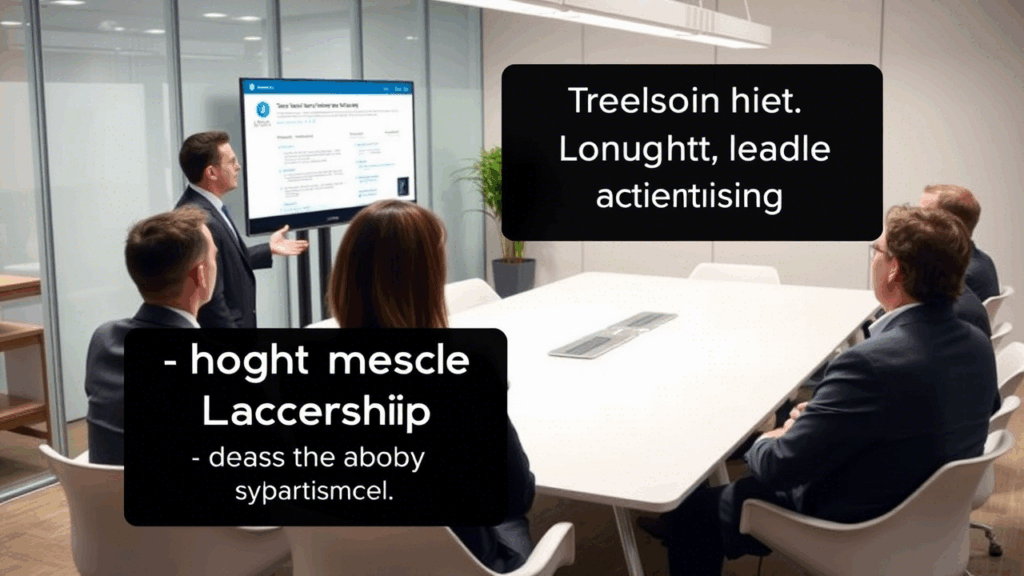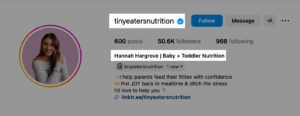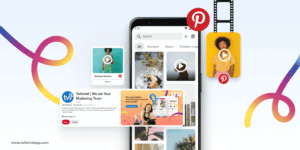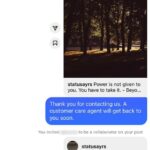Share | Tweet | Email
Introduction
LinkedIn has evolved far beyond a platform for job seekers and recruiters. With over 1 billion users, it now serves as a powerful space for thought leadership, brand building, and professional influence. Influencers on LinkedIn—those who consistently share insightful, high-value content—are helping shape industry conversations and decision-making across sectors.
For brands, partnering with LinkedIn thought leaders presents an unmatched opportunity to build credibility, grow their audience, and position themselves as industry authorities. But how can businesses effectively tap into this potential? Let’s explore.
Who Are LinkedIn Influencers?
Unlike influencers on platforms like Instagram or TikTok who focus on lifestyle content, LinkedIn influencers are professionals—executives, entrepreneurs, and subject-matter experts—who share thought-provoking and strategic content, including:
- ✅ In-depth thought leadership articles
- ✅ Concise, insightful status updates
- ✅ Industry analysis and trends
- ✅ Live panels and expert sessions
- ✅ Engaging polls and discussions
High-profile names like Gary Vaynerchuk, Neil Patel, and Melinda Emerson lead the way, but niche influencers such as Sorav Jain, Umar Tazkeer, and Rajat Jain—who may have smaller yet highly engaged audiences—also deliver tremendous value.
Why LinkedIn Influencers Matter for Brands
1. Build Trust and Credibility
People trust people more than logos. When a respected professional advocates for your brand, it adds authenticity and authority. Their content tends to spark engagement—likes, comments, and shares—which boosts your visibility organically through LinkedIn’s algorithm.
2. Attract High-Quality Leads
LinkedIn users are decision-makers, leaders, and buyers. Endorsements from influencers can bring in well-qualified, high-intent leads far more efficiently than many traditional marketing tactics.
3. Empower Employee Advocacy
Encouraging employees to become micro-influencers can humanize your brand. Their authentic voices build trust and foster a culture of transparency and engagement.
How Brands Can Leverage LinkedIn Thought Leadership
1. Collaborate with Industry Experts
Work with influencers whose values and audiences align with your brand. Don’t just chase follower counts—micro-influencers (5K–50K followers) often have tighter, more responsive communities.
Example: A SaaS brand might partner with a B2B marketing expert to discuss digital transformation, subtly featuring their software.
2. Promote User-Generated Thought Leadership
Inspire your leaders, team members, and even clients to share their perspectives. This not only increases visibility but also brings authenticity and depth to your brand narrative.
Example: Your CEO might post weekly insights, while employees contribute expertise through blog posts or participate in LinkedIn Live events.
👉 Example Post – Speakrj
3. Host Influencer-Driven Webinars and Live Events
Real-time events—LinkedIn Lives, webinars, and panels—featuring influencers encourage meaningful dialogue and boost real-time engagement. These sessions help:
- Build community trust
- Share expertise
- Spark active conversations
Example: Marketing pros can join podcasts or webinars to discuss trends.
👉 Example Post – Umar Tazkeer
4. Sponsor Strategic Content
Many LinkedIn influencers offer paid collaborations or sponsored content. Done right, these partnerships are informative, transparent, and compelling.
Example: A cybersecurity company might sponsor a LinkedIn post on security trends from a trusted tech influencer—subtly including its solutions.
5. Launch Employee Advocacy Programs
Support your team in growing their personal brands. Offer them:
- Thought leadership training
- Content templates or writing assistance
- Recognition for top-performing LinkedIn content
Example: An agency could create a “Top Voices” leaderboard to spotlight employee contributions each month.
Best Practices for LinkedIn Thought Leadership
- Focus on Value, Not Promotion: Provide insights, not sales pitches.
- Engage Your Network: Respond to comments, encourage discussion, and be part of the conversation.
- Post Consistently: Share content at least 2–3 times a week to maintain momentum.
- Use Visuals and Data: Infographics, charts, and statistics improve clarity and engagement.
- Be Genuine: Skip the overly polished corporate tone. Share real-world stories and lessons.
Conclusion
LinkedIn influencers are changing the way professionals consume information and make business decisions. For brands, tapping into this ecosystem means greater visibility, increased trust, and stronger lead generation.
Whether through strategic partnerships, live sessions, or employee-led content, thought leadership on LinkedIn is more than a trend—it’s a strategic growth tool.
Is your brand ready to lead the conversation on LinkedIn? If not, now’s the time to start.









